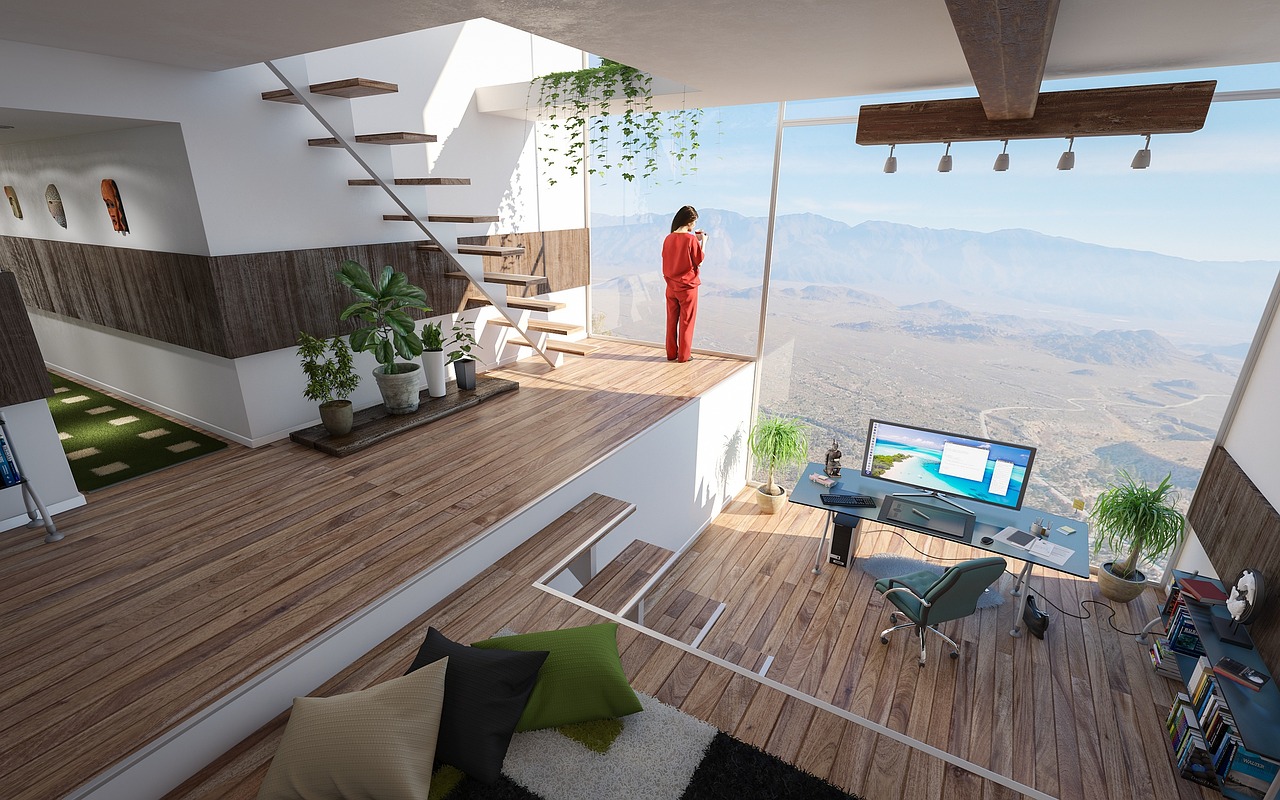What are the key factors for success in waterfront real estate development projects?

Waterfront real estate development is a lucrative yet challenging venture. The allure of waterfront properties lies in their locations, offering stunning views and unparalleled access to water bodies. However, these projects also pose unique challenges in terms of design, infrastructure, legal regulations, and sustainable development practices. This article delves into the essential factors to consider for success in waterfront real estate development projects.
The Potential of Waterfront Property Development
Waterfront real estate development is not a new concept. Yet, the potential of these properties remains significant. Despite the challenges, they offer unique opportunities for developers to create captivating living spaces that attract buyers and provide a high return on investment.
Avez-vous vu cela : How can real estate developers integrate smart waste management systems in new projects?
But what exactly makes waterfront developments so attractive? Location is a key factor. These properties often offer stunning views and direct access to water bodies. For many buyers, the allure of owning a waterfront property is hard to resist. Developers, in turn, can demand a premium for these properties, reflecting their unique appeal and the potential for a high return on investment.
However, potential is nothing without planning. Developers need to consider the specifics of the land, the market demands, and their vision for the property to ensure the project’s success.
Sujet a lire : How to leverage proptech innovations for enhancing commercial real estate value?
Intricate Design and Construction Considerations
Designing and constructing a waterfront real estate development is a complex process. It demands a careful balance between aesthetic appeal, functionality, and sustainability.
The design should capitalize on the property’s location, offering views of the water and easy access to water-related activities. This includes considering factors such as the property’s orientation, the layout of the buildings, and the integration of outdoor spaces.
Construction, on the other hand, presents its own set of challenges. Developers must contend with varying soil conditions, potential flooding, and the corrosive effects of saltwater on building materials. Careful planning and the use of appropriate construction techniques and materials are crucial to ensure the property’s longevity and appeal.
The Importance of Infrastructure Development
In addition to design and construction, infrastructure is a pivotal aspect to consider in waterfront real estate development. Infrastructure refers to the basic physical and organizational structures needed for the operation of a society or enterprise. In this context, it includes everything from roads and utilities to public spaces and amenities.
When developing waterfront properties, the infrastructure must be carefully planned to ensure it meets the needs of the residents while also respecting the natural environment. This includes considering how to provide access to essential services like electricity, water, and waste management, while also creating spaces for recreation and relaxation.
Navigating Legalities and Public Sentiments
Real estate development, particularly waterfront development, is often subject to a host of legal regulations. Developers must navigate zoning laws, environmental regulations, and building codes. These laws are designed to protect the environment, preserve public access to waterways, and ensure the safety and wellbeing of residents.
In addition to these legal considerations, public sentiment can also play a critical role in the success of a waterfront development project. Developers should seek to engage with the local community, addressing any concerns and incorporating public input into their plans. This can help to gain public support for the project and avoid potential disputes down the line.
Sustainable Development: A Non-Negotiable Factor
Sustainability is a crucial factor in modern real estate development, and waterfront developments are no exception. Sustainable development refers to the practice of creating buildings and communities that are environmentally friendly, economically viable, and beneficial to their residents.
For waterfront real estate, sustainable development might involve using eco-friendly building materials, creating energy-efficient homes, and integrating green spaces into the design. It also means protecting the coastal environment, preserving natural habitats, and mitigating the impact of construction on the local ecosystem.
In conclusion, successful waterfront real estate development requires careful planning and consideration of many factors. It’s not just about finding a beautiful location by the water, but also about creating a development that is appealing, functional, sustainable, and beneficial to the community. While the challenges are significant, so too are the rewards for those who succeed.
Future Trends in Waterfront Real Estate Development: Embracing Innovation and Technology
Emerging trends and technological innovations are reshaping the landscape of waterfront real estate development. As we move towards the future, developers are adopting more sustainable, innovative, and tech-driven practices.
One of the key trends is the growing focus on sustainability. As mentioned earlier, sustainable development is paramount in waterfront real estate. This trend is expected to continue, with developers integrating more green technologies and eco-friendly practices in their projects. For instance, the use of sustainable building materials, implementation of renewable energy systems, and incorporation of waste management solutions are becoming standard practices.
Another trend is the increased adoption of technology. Advanced software tools are now used for everything from site selection and design to construction and property management. These tools allow for better planning, efficient construction, and improved management of properties, contributing to long-term success.
Property developers are also leveraging technology to enhance the quality of life for residents. Smart home technologies, for instance, are increasingly being integrated into waterfront homes, providing residents with a more comfortable, convenient, and secure living environment.
Furthermore, as property values in waterfront areas continue to rise, there’s an increased focus on maximizing the investment potential. Developers are exploring innovative designs and amenities to attract prospective buyers and increase property values. This includes offering unique waterfront experiences, such as private docks, water sports facilities, and exclusive beach access.
Conclusion: Achieving Success in Waterfront Real Estate Development
In conclusion, waterfront real estate development is a complex but potentially rewarding venture. The key factors for success include careful planning, intricate design and construction considerations, robust infrastructure development, adhering to legalities and public sentiments, and practicing sustainable development.
Looking ahead, the future of waterfront development is promising. As developers continue to embrace innovation and technology, we can expect to see more sustainable, functional, and attractive waterfront properties. Moreover, the appeal of waterfront living and the potential for high returns are likely to drive continued growth in this sector of the real estate market.
As a potential developer or estate agent, understanding these considerations can greatly improve your chances of success in waterfront real estate development. And as a prospective buyer or investor, they can help you make more informed decisions and maximize your investment.
Remember, success in waterfront real estate development is not just about exploiting the natural beauty of the waterfront land. It’s about balancing the competing demands of profitability, quality life for residents, sustainable practices, and economic growth. And for those who can navigate these challenges, the rewards can be considerable.
Despite the potential difficulties, such as the need for flood insurance or the challenges of infrastructure development, waterfront real estate remains a strong investment. The allure of waterfront living, combined with the ongoing demand for high-quality, sustainable homes, makes this a sector worth watching in the coming years.
